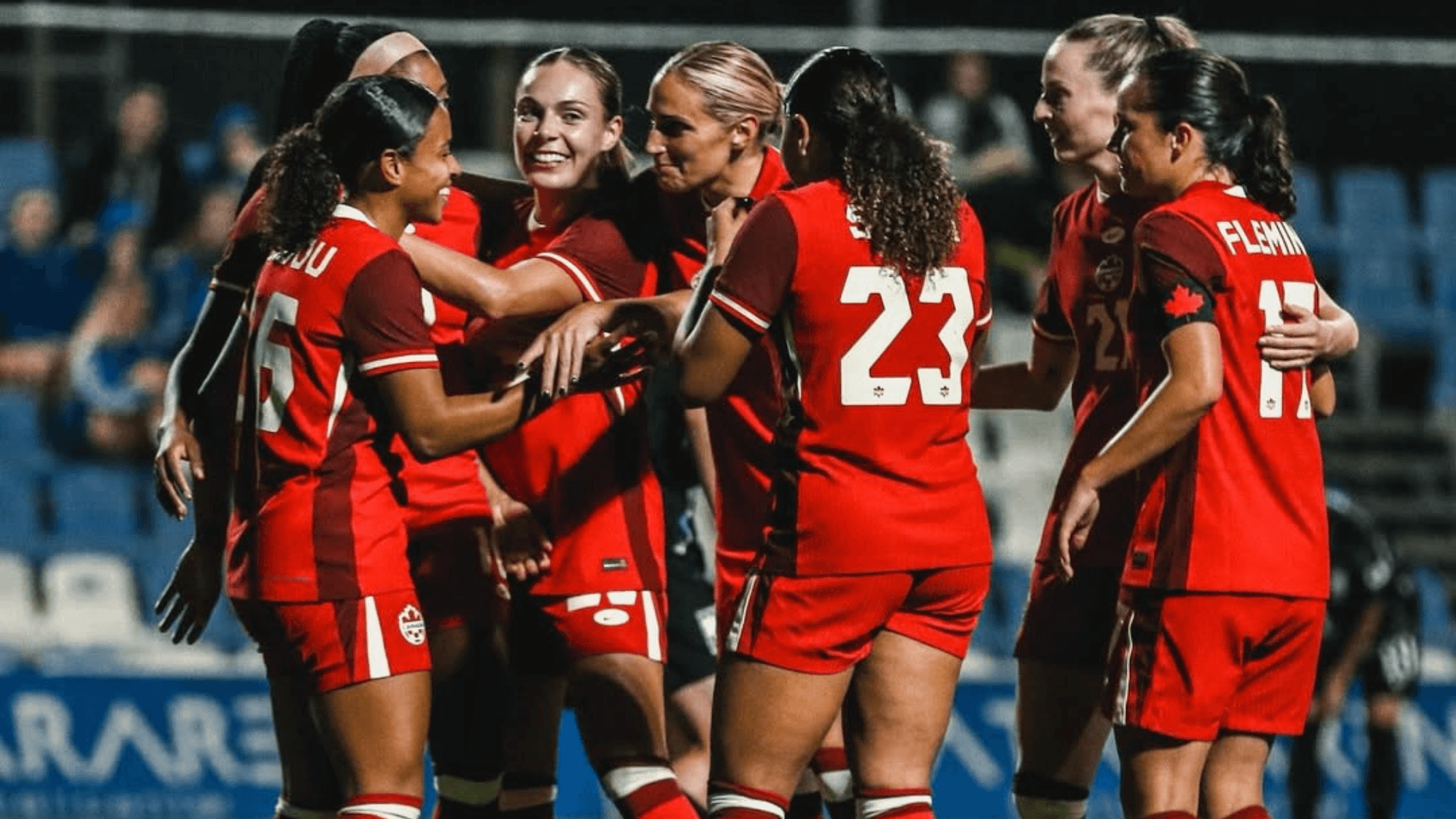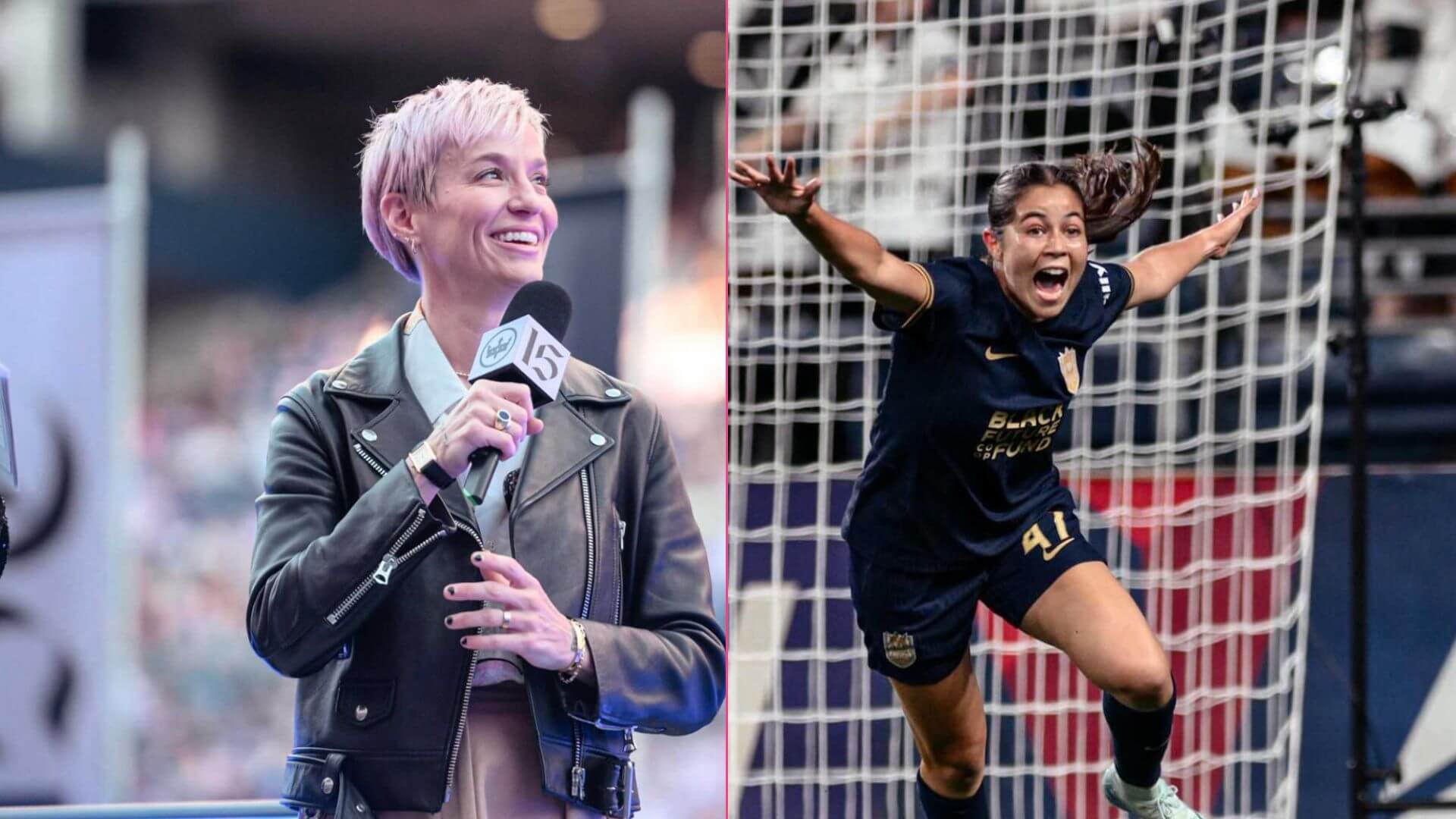How Title IX is Still Impacting Women’s Soccer
Maybe you’ve heard of Title IX. Maybe you haven’t. Many associate it with gender equality in education. However, the Title IX amendment had a profound impact on sports and still impacts what we see happening in women’s sports today.
First, a little background. Title IX was signed as part of the Education Amendments of 1972. It stated that no person shall be discriminated against based on sex in school or other government-funded educational programs. A key part–sports or physical education was mentioned nowhere in this amendment. But soon after being signed, the law was used as a lobbying point for women and athletics.
The pursuit of equality, specifically equality in sports, is far from over. But here’s a look at how Title IX set a precedent for all the progress and change we’ve made in girls’ and women’s soccer.
More High School Athletes
It may seem obvious, but after Title IX was signed, high schools saw an influx of girls playing sports. Notably, soccer was one of the most popular. In 1972, only 700 girls participated in high school soccer. By 2019, that number was nearly 400,000, accounting for about an eighth of all female high school athletes.
This steady and quick growth of the sport is directly impacting our dominance in the sport at the international level.
More College Athletes
Related to the last point, an increase in high school athletes leads to an increase in athletes having the opportunity to attend and play their sport in college.
Over the last forty years, it has become more and more common for high school girls to go play NCAA and Division I sports. Particularly with soccer, we’ve nearly reached parity with how many women and men go on to play Division I soccer. However, this parity does not exist yet at the Division II and III levels.
Bigger Budgets for Women’s Collegiate Sports
With women’s collegiate sports gaining more and more traction, these programs are receiving more money. For example, soccer teams would borrow men’s jerseys or wouldn’t receive the same training equipment. Over time, with the requirement to have women’s teams, things changed. Programs receive more funding for real uniforms and equipment.
Additionally, soccer’s growth at the collegiate level led to the first NCAA national championship tournament in 1982, ten years after Title IX. Twelve teams participated, with the University of North Carolina becoming champions. UNC would continue its dominance for over 20 years.
Opportunities in the USWNT
The success of women’s college soccer led to the development of the USWNT. In the beginning, most USWNT players were still in college.
Additionally, Title IX set a precedent for the color barrier to be broken earlier on the women’s side than on the men’s. However, wide gaps in opportunity between white women and women of color persist and weren’t solved by this college-to-professional pipeline.
The USWNT Fight for Equal Pay
Recently, Title IX set a precedent for the collective bargaining agreement between the USWNT, USMNT, and the US Soccer Federation for equal pay. This deal was a years-long process, and at times it seemed hopeless. The journey started with Title IX, and the USWNT signed the agreement earlier this year.
The NWSL’s Stand Against Abuse
The NWSL went through a lot in 2021, especially with coaches abusing players. Even though Title IX led women to play soccer at the professional level, there is still a long way to go in the treatment of female athletes.
After most likely years of abuse and alleged knowledge of abuse from front of office personnel, things finally changed in 2021. We can see that the well-being of female players is only now becoming a priority, which is simply not how it was before.
Even with the progress in just the past year, more must be done to ensure women don’t fear mistreatment in soccer, just like men.
More NIL Deals For College Athletes
Since the NCAA allowed NIL deals, we’ve seen how girls soccer players can take advantage of this and begin making money and empowering themselves.
Women’s soccer is wildly popular and growing even more at the professional level. So, huge companies such as Nike are signing deals with college and high school athletes, boosting the individual athlete and the sport.
A Global Impact
The rise of women’s soccer in the United States catapulted a global interest. In 2021, players came from 67 countries to play Division I college soccer in the US.
Additionally, even though the USWNT is historically a dominant team–winning half of the World Cup titles–the world is quickly catching up. European countries like Sweden, France, Germany, and the Netherlands are killing it at the international competition. Women’s soccer is becoming more and more global!
Although there are still large inequities in budgeting, pay, and treatment in women’s sports, Title IX boosted opportunities for women in athletics. With soccer, we’ve seen how the law has led to direct change at all levels of play.
Featured image via Getty Images
_
GIRLS SOCCER NETWORK: YOUR SOURCE FOR GIRLS SOCCER NEWS













